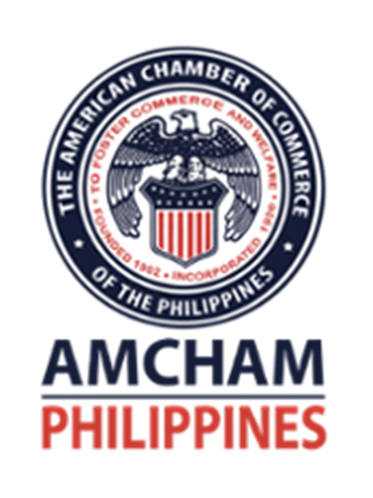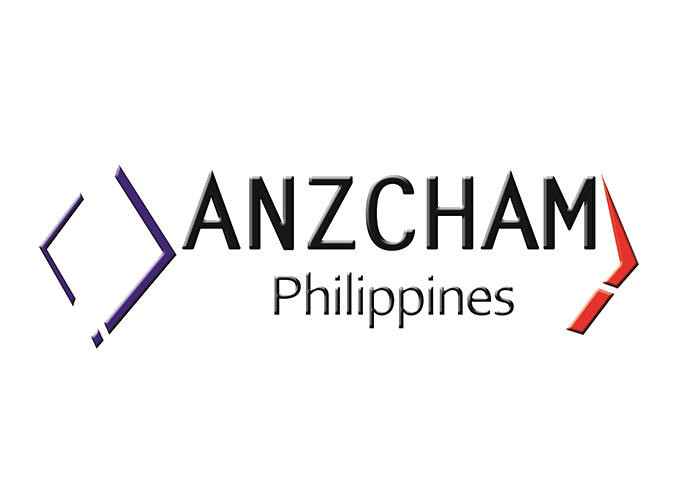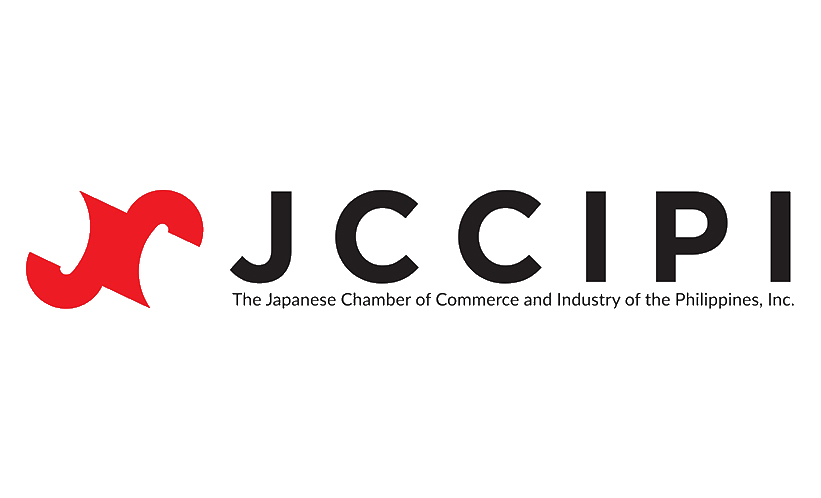Golden age of infrastructure
July 26, 2016 at 10:30
Golden age of infrastructure
I like the way the Duterte administration sets high, seemingly impossible and audacious goals. At last we have an administration who recognizes the sad fact we are simply so far behind and we have to make up for years of “neglect.”
Still… my initial reaction: “To see is to believe.” But at least they are setting goals by which we can measure their success or failure. Past administrations just plodded on, aimlessly.
Budget Secretary Ben Diokno told financial executives the Duterte administration plans to spend up to P900 billion on infrastructure in 2017 and raise infrastructure spending to as much as seven percent of GDP within his term.
Diokno said they would build more roads, railroads and bridges in what is hoped to be a “golden age” of infrastructure. Diokno said they plan to roll out “simultaneously, not sequentially,” small, medium and large projects in all regions. The Duterte administration will order non-stop or 24/7 construction work on most urban-based projects to fast-track infrastructure buildup. Totally impressive!
Diokno, however, was grounded enough to admit that despite the planned spending boost, it may take a decade before the infrastructure gap in the country would be totally addressed. According to the latest Global Competitiveness Report, we are number 90 in adequacy of infrastructure, just ahead of Laos who is at 98. Vietnam is 78, Thailand is 44, Malaysia is 24 and Singapore is 2.
For the decade ending 2020, our infra gap is estimated at $30 billion. We need $127 billion to build needed infrastructure and we have about $97 billion available broken down as follows: $57 billion from government; $5 billion from foreign sources and $35 billion from the local private sector, a PPP Center power point presentation says.
No wonder Diokno also called for more PPP or Public Private Partnership projects to speed up infrastructure development.
Last Thursday, I attended a forum organized by the local construction industry on government procurement procedures and I moderated the session on the PPP. New more friendly and transparent rules on government procurement as well as proposed amendments to improve the PPP law were presented.
The general reaction from the audience of seasoned businessmen in the construction industry was predictable. That’s all nice, they said. But nice rules are easily manipulated by bureaucrats in the field to favor their co-conspirators in bagging government contracts.
As for the PPP, government officials who should know better still have to learn to look at the private sector as partners and not ordinary contractors. Processing time for PPP proposals take too long and contracts are too detailed and tedious. Bureaucrats must realize that proponents invest big sums of money just to prepare a bid and must be treated with more respect.
Indeed, if the Duterte administration honestly wants the private sector to be their partner in infrastructure development, an attitude change is necessary. It was pointed out there is so much turf protection among bureaucrats which delay the approval process. There is an obvious bias of NEDA and the old timers in the implementing agencies for ODA and direct budgetary financed projects.
But government needs the private sector to invest in infrastructure. According to Diokno, they are thinking of three to four more railway lines in Metro Manila to address the needs of commuters in the metropolis, as well as an additional airport.
Diokno said the Duterte administration would make the decision on where to build a new air transport hub—whether Sangley Point in Cavite or Clark in Pampanga—within the year. It shouldn’t be one or the other. We need both.
President Duterte himself was also proposing a highway connecting Clark and Makati City, Diokno said. If this is so, they only need to help San Miguel complete the NLEX-SLEX connector road. I understand it is now grossly delayed by more than a year due to Right of Way problems. Sources told me that 90 percent of needed ROW is still to be acquired.
Yet, that new elevated road project will not only provide a fast connection between Clark and Metro Manila, but will also decongest as much as 50 percent of EDSA traffic. If the Duterte administration will go beyond the usual talk and press releases typical of the Aquino era, they will mobilize all government resources to complete the project by 2018 or earlier.
While they are at it, the Duterte administration might as well help the Metro Pacific group complete its spur road connecting NLEX to the Port Area. That one also has right of way problems.
It is also important for government to get that Swiss Challenge on MPIC’s elevated connector road over the PNR tracks going. The Aquino administration did nothing to move the project that will take away all those trucks to and from the pier off our congested roads.
The proposal of Sec Diokno for the so-called hybrid PPP setup makes sense. Government will build the facility as it is able to get concessional financing through ODA. It can later on tap a private firm for operations and maintenance.
Government, as we have seen countless times in NAIA and MRT-3, is poor in maintenance. Government is unable to quickly and adequately respond to maintenance requirements because of lack of qualified staff, corruption as well as COA and government procurement procedures.
This is why I am wondering why the Abaya DOTC structured the LRT 1 extension project such that it is the private sector that builds the infrastructure, while government buys the rolling stock. At least, government left O and M to the private sector, learning from the MRT-3 experience.
If they are serious about this hybrid PPP, they should fast track the bidding for the O and M of the five airports the Abaya DOTC stopped at the last minute. This is a low hanging fruit, as even the potential bidders have done their homework and are ready to bid. O and M for NAIA should be privatized too, as already planned.
Going back to the forum organized by the construction industry, they expressed excitement over the plans of the Duterte administration to dramatically ramp up its infrastructure projects. It is about time, they said.
They were nostalgic about Ping de Jesus who was able to deliver five flyovers, two interchanges and one overpass in Metro Manila in his 18 months with Tita Cory. In his eight months with FVR, he delivered one overpass or a total of nine projects in a period of a little over two years.
P-Noy’s DPWH produced no significant new infrastructure for Metro Manila, hence the horrendous traffic jams. Indeed, in the six years only one underpass was inaugurated at Quezon Avenue and that was a project left over from the Arroyo administration.
I was told the reason why P-Noy’s DPWH was unable to deliver any major infra in the Metro or elsewhere is because of right of way problems. They were also afraid of creating even worse traffic nightmares during construction. They were only good for breaking up often perfectly good roads such as the EDSA re-blockings.
DPWH was also busy expanding highways like the MacArthur but the expansion lanes remain of limited use except for drying palay because of trees and utility posts.
While the private construction industry is excited with the plans of the Duterte administration, they remain skeptical. They want to see how the bureaucrats implement the presidential intent. They have been in the business too long to believe government plans and pronouncements at face value.
As a line in a song in My Fair Lady puts it, “don’t talk of love, show me!”
Source: www.philstar.com/business



























































